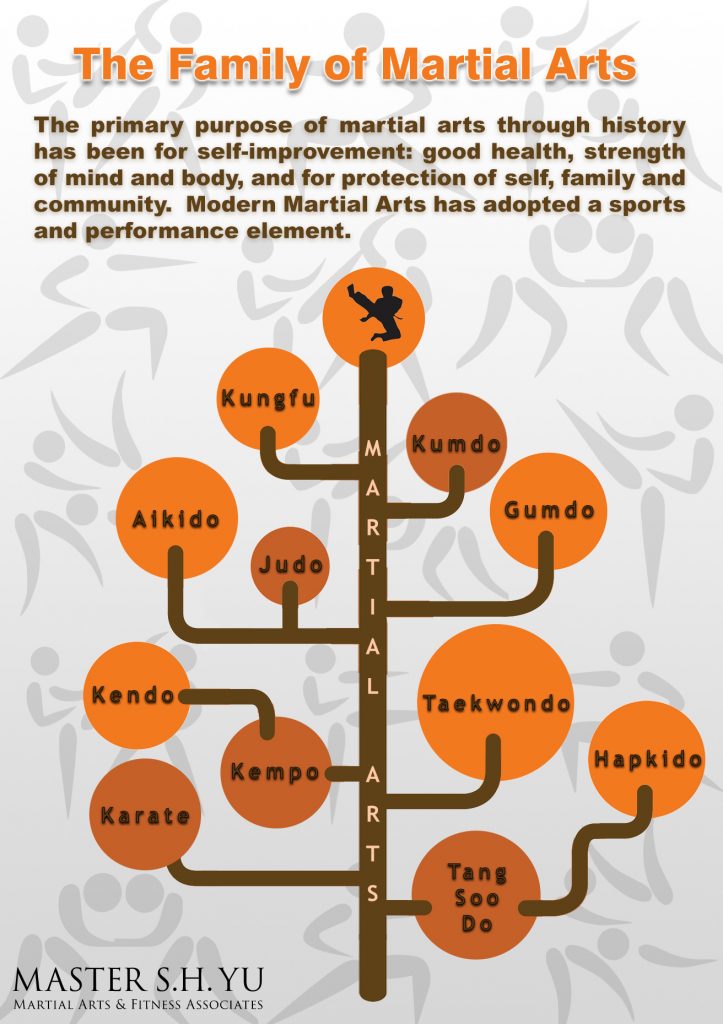Step into the ancient world where martial arts were substantiated of necessity in varied regions. Societies crafted unique fighting designs linked with historical contexts. Methods progressed over centuries with committed practice and cultural exchanges. Today, contemporary martial arts mix traditional components for maximum performance. Philosophically, martial arts stress discipline, self-improvement, and harmony. Respect, humbleness, and balance are foundational principles guiding practitioners in the direction of growth and durability. Discover the depths of this rich history and approach to discover the extensive impacts shaping this enduring self-control.
Origins of Fighting Style
Fighting style originated in various areas worldwide, progressing as sensible battle systems to resist hazards. click this site combating styles were established out of necessity, with each society crafting strategies matched to their distinct environments and challenges. From the grappling arts of Jujutsu in Japan to the striking strategies of Martial art in China, martial arts were deeply linked with the historical, social, and cultural material of their particular cultures.
In filipino martial arts , the samurai class polished martial arts like Kenjutsu, the art of the sword, which later on developed right into the more promoted kind of Kendo. On the other hand, in Brazil, Capoeira became a mix of dancing and battle, created by enslaved Africans as a method to stand up to injustice. Each martial art carries with it a rich history and ideology, showing the values and beliefs of the people who exercised them.
As you look into the beginnings of martial arts, you reveal a tapestry of human ingenuity, durability, and the unrelenting spirit of warriors throughout time.
Advancement of Methods
With centuries of technique and improvement, combat strategies within different martial arts have undergone an extensive development. From old styles like Martial art and Martial arts to extra modern disciplines such as Brazilian Jiu-Jitsu and Krav Maga, the advancement of methods has actually been driven by a mix of cultural influences, functional applications, and technological innovations.
One considerable aspect of this development is the cross-pollination of strategies between different martial arts. For example, techniques from typical Japanese Jiu-Jitsu were included into the creation of Judo by Jigoro Kano in the late 19th century. This blending of styles has led to the growth of crossbreed martial arts like Mixed Martial Arts (MIXED MARTIAL ARTS), which integrate components of striking, grappling, and submission techniques.
Additionally, the development of strategies has been shaped by the boosting focus on performance and efficiency in battle. Experts have continually sought to improve their methods through extensive training, testing, and competitors, bring about the development of very specialized and effective battling styles. In general, the evolution of methods in martial arts reflects the vibrant nature of combat and the recurring quest for renovation and technology.
Thoughtful Foundations
Discovering the underlying philosophical concepts of martial arts gives insight into their core worths and assisting beliefs. At the heart of many martial arts self-controls is the concept of self-control itself. By training your body and mind to work as one natural system, you grow discipline that expands past the dojo or fitness center into daily life. This technique encompasses respect, humbleness, and self-control, shaping not just your physical abilities but also your personality.
One more essential philosophical structure in martial arts is the idea of continual self-improvement. The journey of mastering a martial art is nonstop, with practitioners continuously aiming to better themselves, both literally and mentally. This concentrate on growth fosters strength, perseverance, and a growth frame of mind that can be put on all facets of life.
Additionally, martial arts emphasize the relevance of harmony and balance. Methods are made to make use of an opponent's power versus them, highlighting the concept of generating and redirecting force instead of satisfying it head-on. This philosophy reaches social relationships, promoting calm resolutions and good understanding. By accepting these philosophical structures, martial musicians not just enhance their fight abilities yet also grow a lifestyle fixated individual growth, respect, and harmony.
Verdict
In conclusion, the history and philosophy of martial arts use an abundant tapestry of practice, discipline, and self-improvement.
Consider example the tale of Bruce Lee, who reinvented martial arts by mixing different designs and approaches to create his very own unique kind of Jeet Kune Do.
With devotion and development, martial artists continue to press boundaries and influence others to reach their full potential both in fight and in life.
